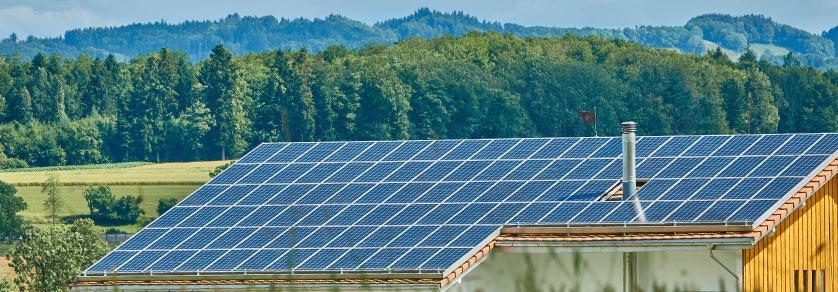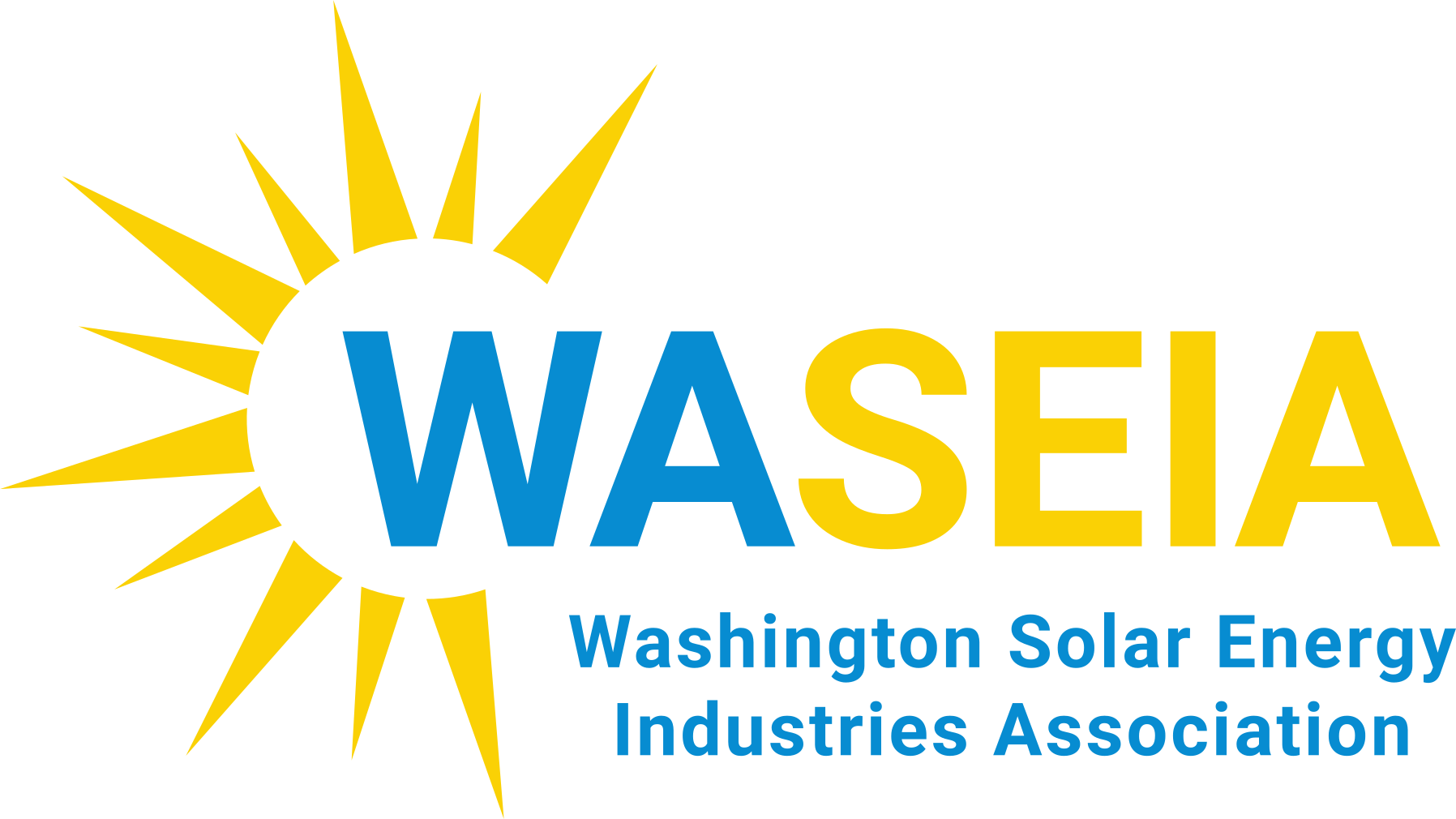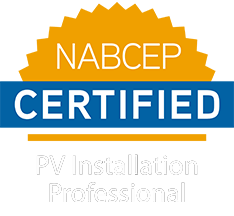10 Facts About Seattle Solar Panels

Thanks to solar panels, we are able to harness the most abundant energy source available - the sun. Photovoltaic panels, also known as solar panels, convert sunlight into electricity we can use at home. Decades ago, solar panels were still experimental technology, requiring high costs. Now, they have become more affordable for the average home owner.
Here are some interesting facts about solar panels that you probably didn’t know:
1. Solar panel technology isn’t new
The “photovoltaic effect” was first discovered in 1839 by Alexandre Becquerel who suggested that electricity can be generated from the sun’s rays. One hundred years later, in 1941, the first solar panel cell was invented by American engineer Russell Ohl. However, it wasn’t until 1954 that commercial panels were introduced to the U.S. market by Bell Telephone Laboratories.
2. Solar panels produce power without direct sunlight
Solar power is not limited to locations with abundant sunshine. They are designed to capture the different parts of the sun’s spectrum. Panels can generate electricity using direct or indirect sunlight. This means they can still perform even if sunlight is partially blocked by clouds.
3. Solar panels are a great investment
A solar power system can generate 10 to 30 percent annual returns. After installation, you can save between $2,000 and $3,000 each year due to lower electricity costs. You also avoid regular energy price hikes. For instance, those who were able to install solar panels in 1995 have saved nearly $60,000 in utility bills alone. If you reinvest your cost savings, it can yield up to $115,000 over a 20-year period!
4. Solar panels are maintenance-free
Solar panels have no moveable parts which make them practically maintenance-free. You just have to make sure that their surfaces are not covered by layers of dust, dirt and debris. If the panels are installed on a tilted roof, they will require less cleaning.
5. Solar panel systems are highly durable
To the naked eye, solar panels appear fragile. However, they are engineered to last 25-30 years. Even after that time, they can still be functional. It just means that their ability to generate electricity has declined. Solar panels are made of tempered glass which is why they can withstand falling hail, high winds and other severe weather.
6. Solar panels can be tied to the electric grid
After installation, your solar panels will still be connected to the local electricity grid. A utility billing mechanism called ‘net metering’ allows homeowners to store the excess solar power they generate during the day. Then, pull it from the grid when their system is under-producing, You even receive credit for the electricity you send to the grid.
7. Solar panel technology is versatile
Solar panels are not just installed on roofs. They can be installed on any type of building, on the ground, on a canopy, and even on spacecrafts and satellites. Portable panels have also made their way into all aspects of life. You can now see them on small devices like lamps, outdoor grills, and phone chargers.
8. Solar panels now have 20 percent efficiency
Thanks to technological advancement, solar panel efficiency levels have been increasing. Five years ago, the most efficient solar panel in the market was just 17.8%. Today, homeowners can buy solar panels in the 20 to 23 percent efficiency range at affordable prices.
9. A solar system can pay for itself
Payback time depends on the upfront cost of the system, the incentives that reduce the cost and savings you get from solar power. For instance, the upfront cost for a 5kW solar system in Washington is around $14,000. Then factor in the 26% tax savings and no tax.
10. Solar energy can be a community effort
Nowadays, homeowners don’t need to install their own individual system to go solar. Solar energy can now be a community effort. Shared solar is already being practiced in California, Colorado, Minnesota and Massachusetts. Communities source their electricity from a solar farm often built by large utilities.
More people are beginning to realize the benefits of going solar in Seattle. As it becomes more popular each year, financial incentives and rebates will decrease. Don’t miss out on your solar power potential.



